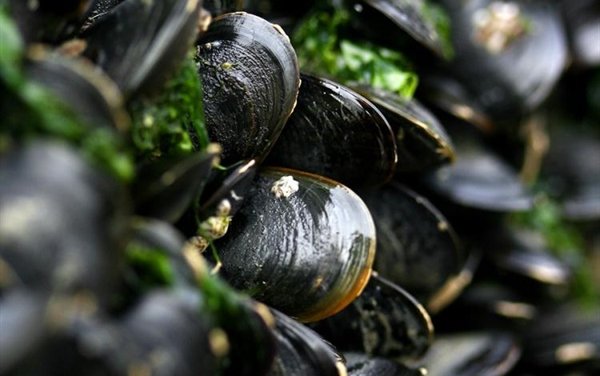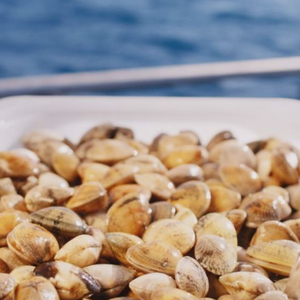NOAA Sea Grant and the Ocean Acidification Program awarded more than $2.4 million to support projects that will address the impacts of multiple stressors on and increase resilience in shellfish aquaculture through research and industry partnerships.
Shellfish aquaculture is among the fastest-growing sectors of food production. However, the vulnerability of shellfish to multiple stressors acts as a constraint on the growth of the aquaculture industry. In addition to ocean and coastal acidification, potential stressors include temperature, salinity, hypoxia, pathogens and parasites, harmful algal blooms, and environmental contaminants.
Four projects covering U.S. waters in the Gulf of Mexico, Mid-Atlantic, New England, and West Coast were selected through a joint, competitive funding opportunity.
- Increasing hatchery production of larval eastern oysters, Crassostrea virginica, in the northern Gulf of Mexico through optimization of carbonate chemistry and salinity in source water.
- Improving resilience of hatchery-reared blue mussels (Mytilus edulis) to interactive effects of ocean acidification and warming with diet and seawater buffering.
- Mitigating the effects of multiple stressors in oysters: comparison of diploid and triploid Crassostrea gigas.
- Susceptibility of Atlantic surfclams (Spisula solidissima) grown in the coastal ocean to multiple environmental stressors.













